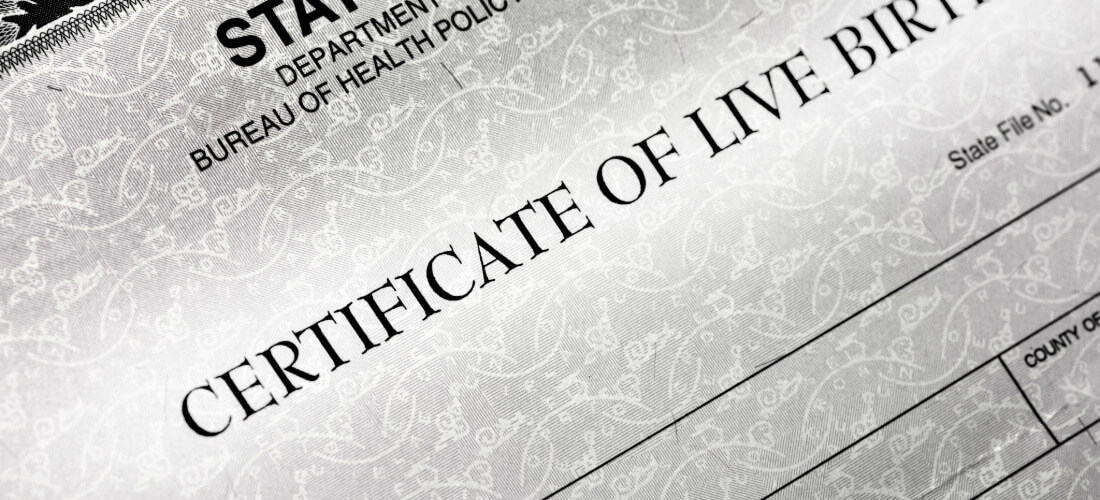
Nearly 80 million people wait until the last minute to file their taxes, citing confusion as one of the main reasons for the delay. How many of these 80 million people are also small business owners for whom the tax collection process can feel even more convoluted and complicated than personal taxes?
For many business owners, the complexity of tax processes often poses significant challenges, leading to confusion and the potential for non-compliance, along with missed revenue for jurisdictions. Now is the time for local governments to focus on building a transparent tax collection process to foster trust and compliance among business owners in their communities.
Don’t know where to start? Technology is pivotal for those looking to build a more transparent tax collection process. By implementing transparent, digital solutions, agencies can demystify the tax collection process, making it more accessible and understandable for businesses.
Here are seven ways local governments can add transparency to their tax collection processes to help create a healthier economic environment in their communities.
1. Implement Online Portals for Ease of Access
One effective strategy for enhancing transparency is through the implementation of online portals for tax filing and information access. These portals serve as a one-stop solution, offering businesses easy access to tax forms, records, and payment systems. Online portals are also a great way to provide resources for understanding tax obligations, thereby simplifying complex tax regulations. Furthermore, online portals allow for real-time tracking of payments and submissions, giving businesses a clear view of their tax status.
2. Set Clear Communication Guidelines
Clear and consistent communication is key in making the tax collection process transparent for businesses in your community. This can include providing detailed, understandable instructions for tax filing and payments. Regular updates regarding changes in tax laws and policies should be communicated promptly to businesses. Additionally, offering support through helplines or online chat services can guide taxpayers through the process, ensuring they have the necessary information to comply with tax regulations.
3. Allow Taxpayers Access to Information
Allowing taxpayers access to their tax information is another crucial aspect of transparency. This includes the ability to view their tax history, payment records, and any outstanding liabilities. Providing this level of access empowers businesses to manage their finances more effectively and fosters a sense of accountability and trust in the tax system.
4. Make the Process Understandable for Businesses
Tax collection processes can be complex and intimidating for businesses, especially small and medium-sized ones. Simplifying these processes through user-friendly interfaces and straightforward guidelines can significantly reduce confusion and errors. This approach not only makes tax compliance more manageable for businesses but also improves the overall efficiency of the tax collection system.
5. Integrate Efficient Technology Tools
The integration of technology and digital tools in the tax collection process is a game-changer. Software solutions can streamline the tax process through automation and digitization. They ensure accuracy in calculations, streamline the filing process, and provide analytical tools for better financial planning. Furthermore, software solutions can be leveraged to improve data security, ensuring that sensitive financial information is protected.
6. Outline Benefits to Tax Authorities and Governments
Transparent tax collection systems are not just beneficial for businesses, but they also offer numerous advantages to local governments. Improved transparency leads to higher compliance rates, increasing revenue collection. It also streamlines the extensive administrative processes of tax collection, reducing the costs and resources required for tax administration. Plus, transparent systems provide valuable data and insights, which can be used to improve public policy and tax regulations.
7. Foster a Collaborative Environment
To have a transparent tax system, local governments must foster a collaborative environment between businesses and tax authorities. Municipal leaders should encourage dialogue and feedback both internally and externally, allowing for continuous improvement of the tax collection process. This collaboration can lead to the development of more effective tax policies and practices that are beneficial for both businesses and the agency.
Are you ready to make your tax collection processes transparent?
On the surface, transparency in tax collection is critical for any economy to function efficiently. But the reasons why your agency needs to invest in transparent tax collection strategies go beyond simply wanting to be efficient with time and resources.
Tax transparency builds trust, reduces complexities, and enhances compliance among taxpayers. Through the use of trusted digital tools, government leaders can transform the tax collection process, making it more accessible, understandable, and efficient for businesses. By prioritizing transparency, local governments can create a more compliant and financially healthy business environment.









